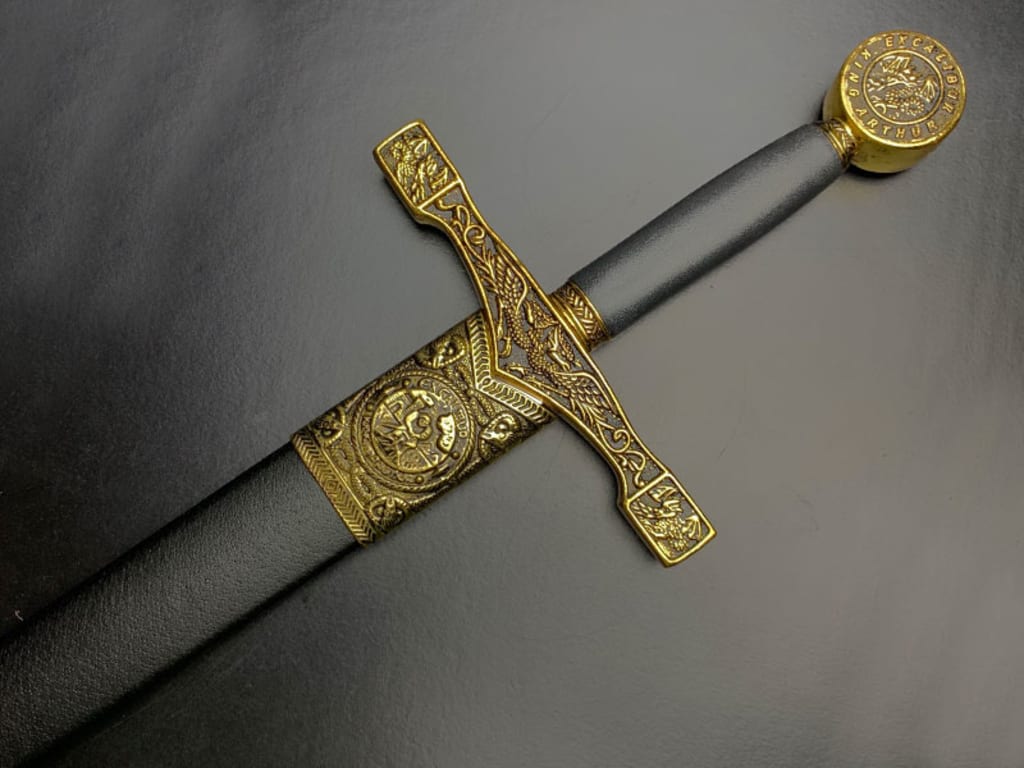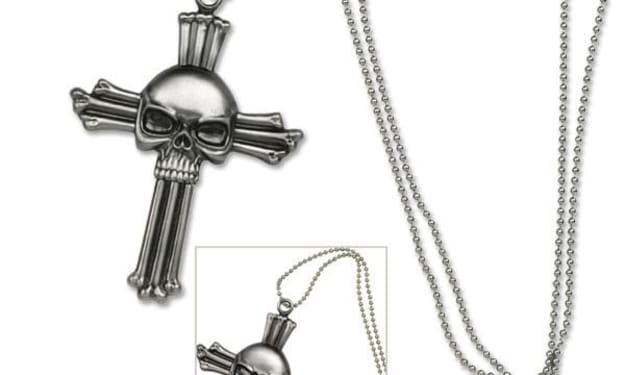Content warning
This story may contain sensitive material or discuss topics that some readers may find distressing. Reader discretion is advised. The views and opinions expressed in this story are those of the author and do not necessarily reflect the official policy or position of Vocal.
A Complete Detail to The Part of Swords!
Part of Swords

The history of swords is a vast and complex topic that spans millennia. With the advent of bronze and iron, swords became a prominent weapon in many ancient cultures. Early on, part swords were usually seen as side arms with little use against armor worn by infantrymen, giving rise to the sword's development as a hand-to-hand weapon for cavalry engagements.
Artifacts from prehistory show that blades were used as tools long before they were used in combat or ceremonial purposes. Besides hunting and killing, blades were also used in "bloodletting" rituals, where the practitioners would use the weapons to cut connective tissue between arteries and veins to cause bleeding, with the idea being that this would purge toxins from the body.
The first civilizations to make swords were ancient Mesopotamia ("Mesopotamia" means "between the rivers") and Egypt. It is often assumed that these swords were made out of bronze or copper; however, this is not true in every case. The earliest Bronze Age clay-made blades have been dated to about 3000 BC.
Part of Swords and Their Working:
Swords are traditionally classified into three categories: cut, thrust, and hybrid swords. All three types can have a wide variety of blades. Every blade has a very specific purpose, and some are better suited for certain tasks than others. Depending on the task you need to face, it is best to choose the type of sword that is most appropriate. Here is a detail of different parts of swords:
1. Blade:
The blade of the sword is also known as a sharp point blade. Some of the blades are weighted with metal countertop heat sinks and can be used for piercing. The edges are always sharpened to avoid losing or even breaking the blade.
2. Guard or Baton:
A guard or baton is a flat piece of metal that protects the user from getting cut by the edges of the sword. It usually comes in different shapes and sizes, but always has a flat surface to rest your hand on when you grip it for defense explosions in action movies.
3. Loop:
The loop is a type of bar stock that holds your fingers around the handle for ease in raising and lowering large heavy swords like Historical Swords. Loop strengthens and stabilizes your grip on the handle during dramatic scenes.
4. Grip:
The grip includes the part of the sword that you hold onto when you strike your opponent with the sword. It is usually done by placing your hand through a loop and having your index finger point down towards the blade of the sword. Some swords have different finger grips like basket-style grips, finger rings, and hilts.
5. Scabbard:
A scabbard is a protective case that holds and protects the blade of the sword from getting damaged while not in use. They cover most or all of the handle so that it does not get damaged as well. There are several kinds of scabbards like leather scabbards, wood scabbards and metal scabbards,s etc ...
6. Hilt:
The hilt is part of the sword which has handles on it, and is usually decorated with gemstones, crystals or other colorful stones. The hilt is generally very ornate and decorated to show the owner's status or wealth.
7. Sheath:
A sheath is a protective case that normally comes attached to the handle of a sword. It protects the sword from damage when not in use.
8. Pommel:
A pommel is a round or semi-round end piece which is used to hold onto another similar-sized weapon like a dagger in medieval movies [DONT USE LEATHER SCABBARD TO HOLD DAGGER OR SWORD].
9. Crossguard:
A crossguard is the part of a sword that has a cross-shaped hilt. It acts as protection and also adds to its appearance, and can be longer to protect the user's hand from getting cut while sparring with the sword for long periods of time.
The Importance of Swords Today!
Swords have been around for over 5,000 years. They were used in battle long before guns and cannons were invented in Europe and Asia. Swords then became highly prized weapons and status symbols that eventually became a part of culture such as Louis XIV’s curved sword called the fantasy blade. Today, swords are still used as the best weapon rather than guns as seen from all the research on Olympic sword combat in countries with heavy sword usage such as France, China, India, Japan, Korea, and Vietnam.
Despite having lost much of their significance during later medieval centuries, swords today remain one of humans’ most powerful weapons with new designs being created every day increasing the effectiveness of broadswords, rapiers, and Katanas. In fact, the popularity of swords today is growing worldwide. They are still used for military training as well as ceremonial use. The most famous modern-day sword today is the samurai Katana used in Japan and Korea.
Today, these countries have heavily emphasized active swordsmanship in their culture with regular sword competitions, sub-culture clubs, and interest in martial arts. The popularity of swords today can then be seen in these countries’ media with TV's like MTV Samurai and video games such as Katana and Soul Calibur 2 being released this year that feature martial arts using swords and medieval Japanese culture with new movies being made every year based on Japanese history all showing the power of sword culture and its spread throughout Asia into Western civilization.
About the Creator
Mai Sophia
A Writer/blogger by day, a knife enthusiast and survivalist by night. I've reviewed a lot of products and have helped people make the right purchase






Comments
There are no comments for this story
Be the first to respond and start the conversation.